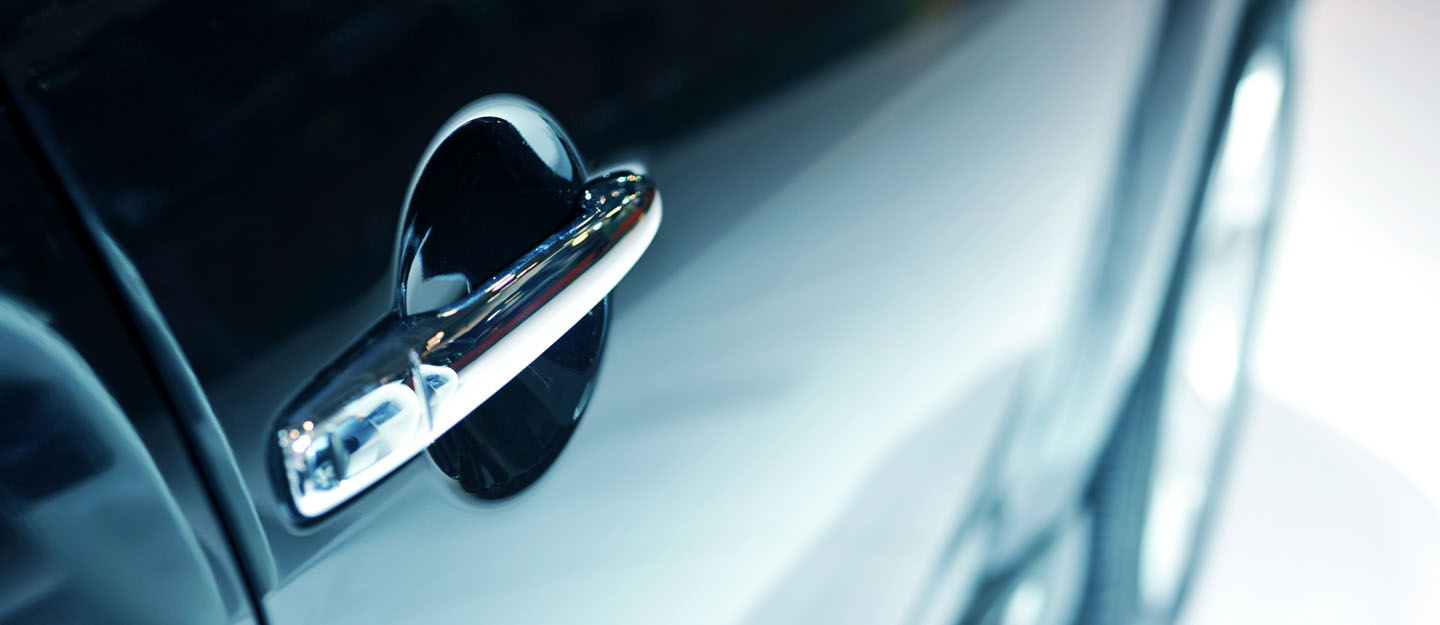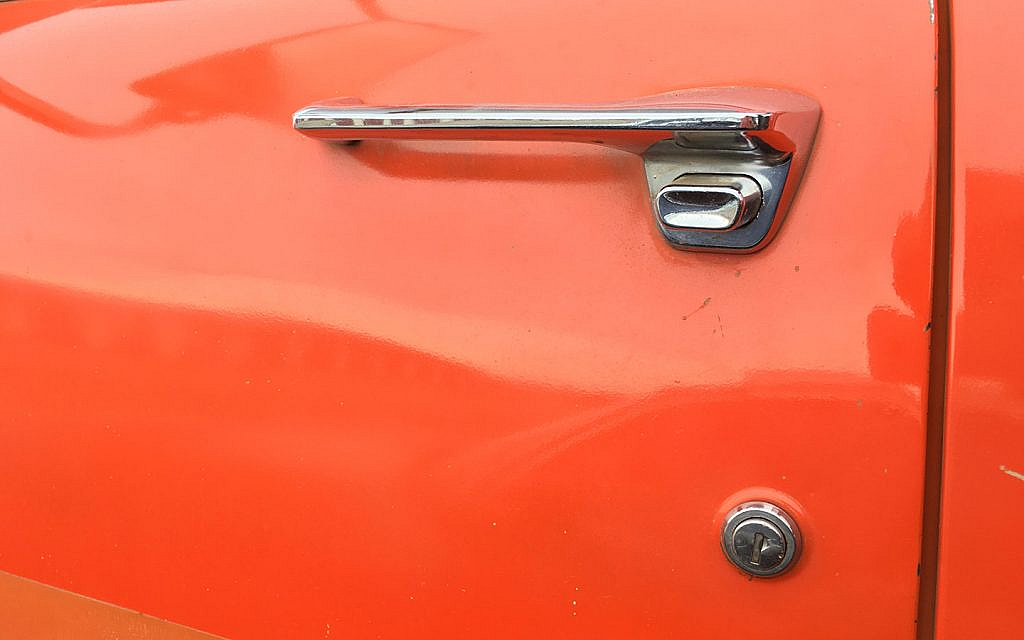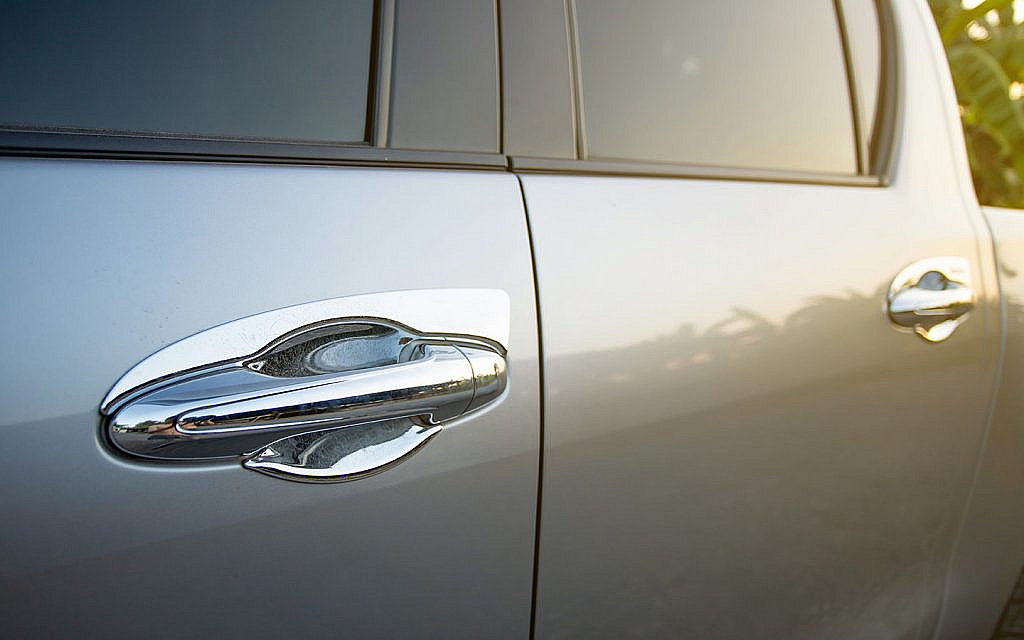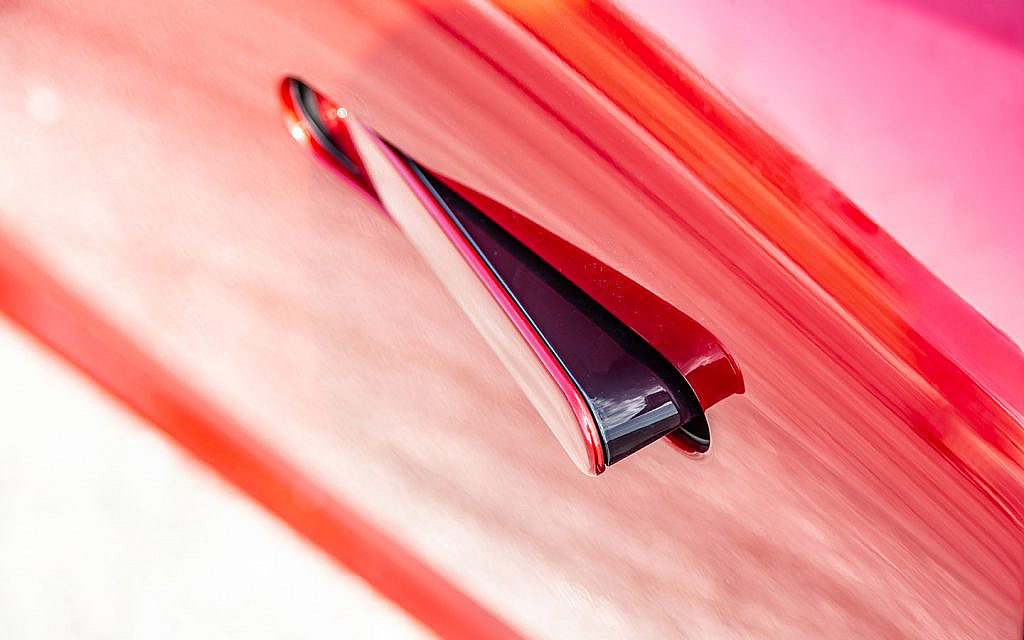
When it comes to the appearance and utility of automotive design, every car part can make a difference. Even something as basic as a door handle can impact the vehicle’s overall design, functionality and safety. As we look back at automotive history, we come across many different types of car door handles. Some contributed to design evolution before becoming obsolete, while others promised more practicality and are still in use.
Here we’ll explore the different types of car door handles, discussing their designs, features and role in history.
Types of Car Door Handles

Regardless of their type, car door handles allow access to the car’s interior. However, their styles and locking mechanisms have evolved with time to enhance safety, as well as practicality.
Car Door Handles from the Bygone Eras
We’ll start our list by discussing the car door handles from the primitive era of the auto industry.
Archaic
The archaic car door handles were inspired by the household door handles. They were among the earliest car door handle designs, originating from the era of horse-drawn carriages.
These handles had a bulky appearance and were fragile enough to easily break. Due to these drawbacks, car manufacturers lost interest in these auto door handles. As a result, they remained limited to primitive automobiles.
Flap
The flap-type door handles were introduced in the late 60s. With a more practical and versatile design, these types of auto door handles stayed in trend for decades. They became a common exterior feature in many different cars from the 90s era.
By pulling back the flap, the handle worked and the door opened. The mechanism of the flap door handles was simple and to the point. However, the design was slowly phased on in the following decades.
Push Button

During the 1970s, push-button type of door handles got popular in vehicles. As the name implies, these handles required users to push a button down to open the door. The button on the handle often came with a key opener. This further simplified the unlocking process.
While the key opener was occasionally located separately, the functionality of the door handle remained unchanged. These types of door handles were also found on vehicles of that time with suicide car doors. However, this style eventually fell out of favour due to changing safety regulations in the global auto industry.
Trigger
This car door handle was based on a simple working mechanism. It had a trigger tab on the inside instead of a handle on the button. One had to pull the tab to open the door.
Be it Chevrolet or Ford, almost every other leading auto brand installed these door handles in their car models. The trend of trigger door handles went strong up until the 70s and then they started to slowly disappear.
Types of Auto Door Handles Used to Date
In modern cars, door handles are grouped into a few main categories based on how they open and close. Below are some common examples in this regard:
Pull Up
The pull-up style is another popular design option for door handles, especially in vehicles of the affordable segment. This design gained popularity in the 80s and 90s, especially in GM and Toyota models.
Some vehicles still have them today since these door handles are very easy to operate and cheap to install. Their popularity also went down as the auto industry started focusing on pull-out door handles in the following years.
Pull Out

The pull-out type of car door handles are quite sturdy, compared to their pull-up counterparts. They are easier to use and add to the overall aesthetics of a car. When introduced initially in the 90s, they were only installed in premium cars.
Given their growing popularity, they were also included in the mid-range and affordable vehicle line-ups. Pull-out is the most common door handle design, found on almost every other modern vehicle.
Due to their outward design, they can also be used to adjust parking mirrors. It is among the many hidden functions of a car door handle.
Push Down

A push-down type of auto door handle is a rare sight. Built for unique car door designs, it is found in a handful of vehicles sporting a specific design language. This door handle works with the reverse mechanism. Instead of pulling the flap, the handle needs to be pressed down to get the door open. The orientation and positioning of these door handles are specific to the host vehicle.
Touch-type Handles
With EVs and autonomous driving in the works, the industry is heading towards a tech-oriented future of cars. The introduction of touch-type door handles is another strategic move in this regard.
As the name implies, this car door handle operates with a simple touch. It is as easy as using a fingerprint scanner on your mobile phone. Moreover, turning to technology can also help avoid the most common locking problems with car doors.
Since these futuristic door handles use advanced sensors, installing them is a little too expensive. This is why not many daily-driven vehicles have them. Tesla has already introduced touch door handles and the trend will eventually be followed by other up-market automakers.
These were some of the different types of car door handles that evolved over the years. For knowledge and safety, it is important to keep learning about the different car door parts and their functions.
Whether you desire vintage vibes or a futuristic feel as a motorist, you’ll find plenty of suitable options while browsing these used cars for sale in the UAE.
Learn more about important car parts and DIY repair tips by following the dubizzle auto blog.